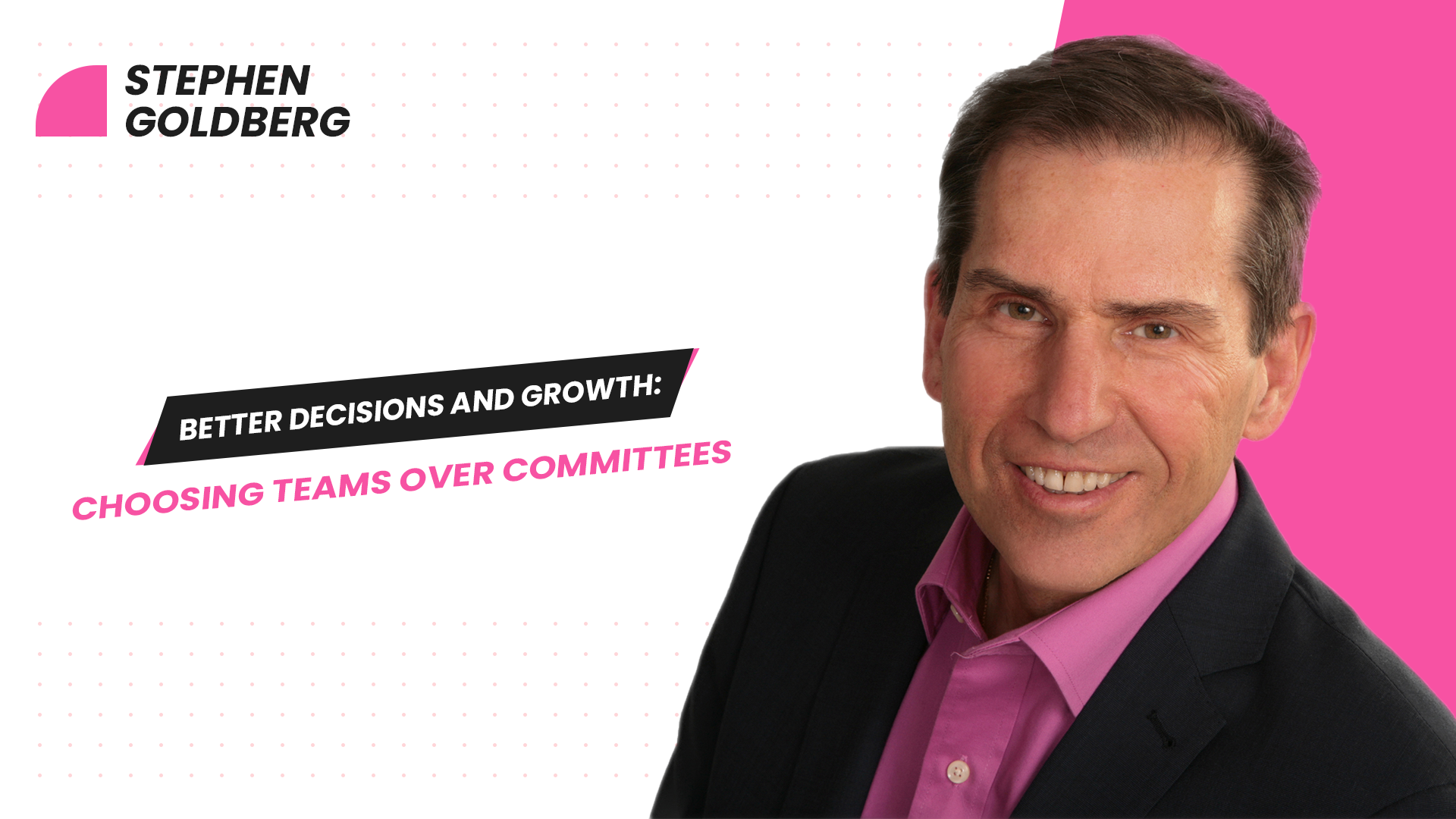
In today’s fast-paced world, reaching our goals can often feel like a daunting challenge. But what if I told you there’s a way to make the journey more straightforward and efficient? In this article, I want to share with you a simplified approach to goal achievement.
Accomplishing our goals is not always a straightforward process. Many of us face complexity and uncertainty when striving to achieve our dreams. However, I believe that we can make this journey more accessible to all by simplifying the approach.
Recently, I embarked on a lengthy road trip, and during that time, I seized the opportunity to immerse myself in some inspiring audiobooks. It was during this journey that I stumbled upon an audiobook that focused on the secrets to living a longer and healthier life. What truly caught my attention was the simplicity of the approach it advocated.
The Three-Step Approach
At the core of this simplified approach are three fundamental steps:
1. Define Your Goal: The initial step emphasizes the importance of clarity in goal definition. Whether you’re striving for a healthier lifestyle, career advancement, or any other aspiration, knowing precisely what you want to achieve is of utmost importance.
2. Craft Your Strategy: Once your goal is defined, the next step is to create a strategy tailored to your unique strengths and weaknesses. Your strategy should serve as your roadmap, guiding you towards your destination.
3. Identify Your Tactics: With a strategy in place, the next crucial step is to pinpoint the specific tactics that will bring your strategy to life. Similar to a well-thought-out battle plan, selecting the right tactics can make all the difference in achieving your goals.
To illustrate the power of this approach, let me share an inspiring story about the legendary boxer Muhammad Ali. In 1974, Ali faced a formidable opponent in George Foreman, known for his immense strength. Ali’s strategy involved leveraging his speed and endurance to tire out Foreman, ultimately leading to him regaining his heavyweight title.
Sometimes, identifying your goal can be a challenging task in itself. Here’s what you can do: list your current challenges, prioritize them, and select the most crucial ones to tackle first. Simplifying your approach can significantly enhance your ability to stay focused and make meaningful progress toward your objectives.
As I conclude this article, I want to remind you of the timeliness of this message. Fall, a season of change, offers the perfect opportunity to revisit our goals, determine our priorities, and strategize for success.



